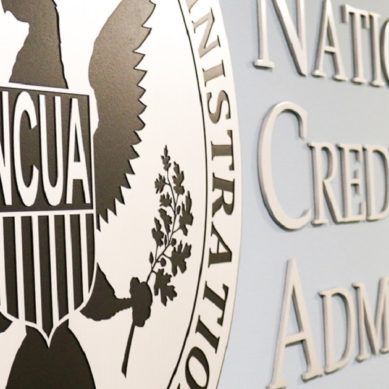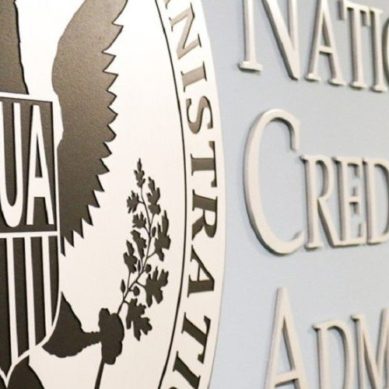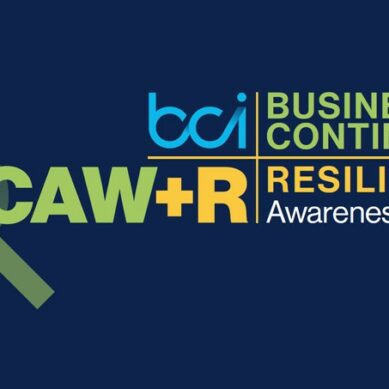Financial Literacy Month is upon us and now is the time to help your members (and future members) really think about their finances. Did you know that according to Ramsey Solutions, nearly 80% of U.S. workers live paycheck to paycheck, and 40% of Americans are not able to cover a $400 dollar emergency? Where is all this money going? 75% of Americans are in some sort of debt and assume they always will be, and 40% of Americans spend up to half of their monthly income on debt payments.
With the rise of inflation, the student debt crisis, and the lingering effects of the pandemic, it makes sense that Americans are weighed down by money problems. So how can your credit union help? By providing your members and possible future members with reliable information through social media!
Why is social media being used for financial literacy?
Talking about finances is not a taboo topic anymore. In today’s world, social media platforms are “more approachable and relatable, and they deliver financial advice in easy-to-digest, bite-sized chunks,” according to GoBankingRates. They note that before social media, “the average person didn’t ‘qualify’ for expert advice because they didn’t meet account minimums of traditional financial advisors, but now access has been opened up to anyone with a smartphone.”
Now 62% of Americas feel empowered by having access to financial advice through social media, and 50% believe they have made money as a direct result of financial advice on social media. As far as the why goes, it makes sense why people would use it. But at the end of the day, who is actually using it?
Who is using social media for financial literacy?
Financial literacy through social media is mainly being used by younger audiences including Millennials, Gen Z, and younger. These younger audiences are not reading financial magazines or searching for long articles online. They are looking for easy-to-digest videos, infographics, or short and sweet posts. According to a recent Forbes study, younger generations are reporting that financial literacy through social media has improved their finances by 73%, with 66% believing “they’re more financially literate than previous generations.”
Social media isn’t just bridging the gap with age. Other groups believe they have more access to financial advice than they would have in the past due to other factors of their identity, including race, gender, and lower income brackets. According to the same Forbes study, “72% of Black respondents think their race would have historically been a barrier to obtaining financial advice,” and “65% of women feel the same about gender.” For income, “57% of people earning less than $35,000 say their economic status would have been a barrier to getting financial advice.”
However, even with all these positive statistics, there is still a risk that comes with using social media for financial advice.
Finding a reliable source is key
With financial advice being able to be mass produced and accessible through multiple social media platforms, there are a few dangers to these practices. The biggest danger is finding a reliable source. Most audiences don’t check the experience and qualifications of the person supplying the financial advice. Meaning anyone with an account can post information regardless of whether it is accurate or not, and users might believe them.
That is where your credit union and your financial professionals come in. By creating reliable advice, your credit union can save these audiences from falling victim to scams, fraud, and non-creditable sources giving out one-size-fits-all methods. This also gives your credit union the ability to create client relationships with more diverse and younger audiences. This can lead to these audiences being able to trust your credit union, the possibility of them reaching out for more tailored financial advice, and becoming long-lasting members.
Adding financial literacy to credit union’s social media plan
When thinking about what financial literacy content to create, it is important to first evaluate your credit union’s social media platforms. Popular social media platforms include but are not limited to Facebook, Instagram, LinkedIn, Pinterest, Reddit, TikTok, Twitter, and YouTube. Which of your current social media platforms has the most followers or interactions?
Start creating content for that platform first and then continue to build content to be used for other platforms. For example, if you do not have either the ability or time to create and edit videos, it might not be good to start with TikTok and YouTube. Examples of easy-to-digest content types include short videos, graphs, stats, infographics, etc.
It is also important to keep in mind your target audience and what they would like to learn about when creating content. Current popular financial literacy topics include stocks, bonds, debt reduction, emergency savings, and retirement savings. When thinking of these topics, think of your credit union’s strengths and the services you can offer to further help these audiences. Financial literacy can range from various subject matters, so create content that fits your credit union and your target audiences.
Importance of popular financial literacy hashtags
Hashtags are consistently changing, but they are incredibly important in helping users find your content. According to LinkedIn, hashtags can be explained as little folders, that “help you organize content on social media to help users find the content they want more easily.” When users click or search by hashtags, they are connecting with content, people, and companies that use that hashtag in their content (including your credit union). This is a great way to connect with wider audiences and makes sure your content is front and center when audiences are looking for information.
Some tips for how many to use per platform vary. With Twitter, it is best to use one to three hashtags, with LinkedIn five to seven hashtags, and with Facebook and Instagram, the more the better. Hashtag popularity is consistently changing but currently, the top 10 are #finance #money #forex #trading #price #business #currency #globaltrade #investment #investing. You can always start with these hashtags in your content, but keeping up with popular hashtags is going to take some research and practice.
Research hashtags by clicking and following them yourself is a great way to associate yourself better with hashtag groups. If the content you want populates with that hashtag, then adding your content will also be beneficial. When you find hashtags that work for your credit union’s content keep using them. The more you use them the more prominent your content is within that hashtag group. When it comes down to it using hashtags is an invaluable tool that helps get your content out there into the world.
Help your credit union stand out
As credit unions, the goal is to provide education and financial wellness services for our members, but we should also be meeting members where they are. For many, that means interacting via social media where many of the younger generations and potential members are seeking out information. As these platforms are oversaturated with potentially false information that users must weed through, credit unions should aim to be a reliable and helpful safety raft for users to lean on.
With April being Financial Literacy Month now is the perfect time for your credit union to provide financial literacy through your credit union’s social media. By using the power of hashtags to reach a variety of audiences, and creating content that fits your current social media platforms and workload capabilities, your credit union can be the reliable experts users need! If your credit union is not taking advantage of these platforms, now is the time to start!
























































